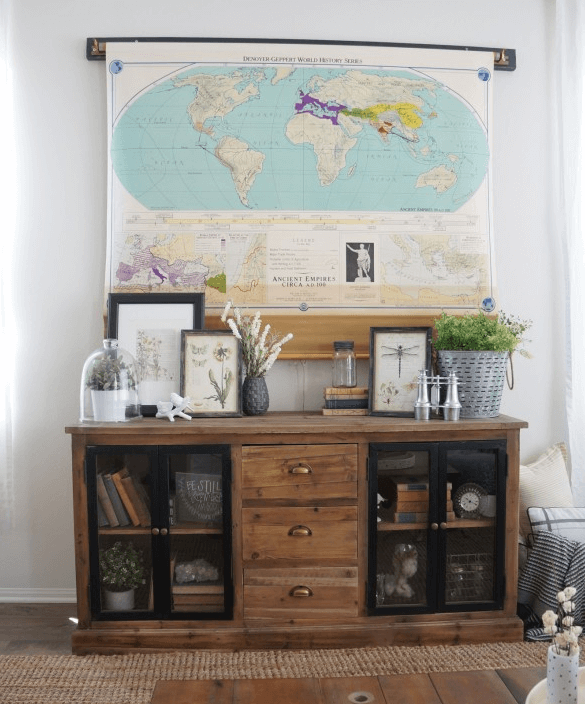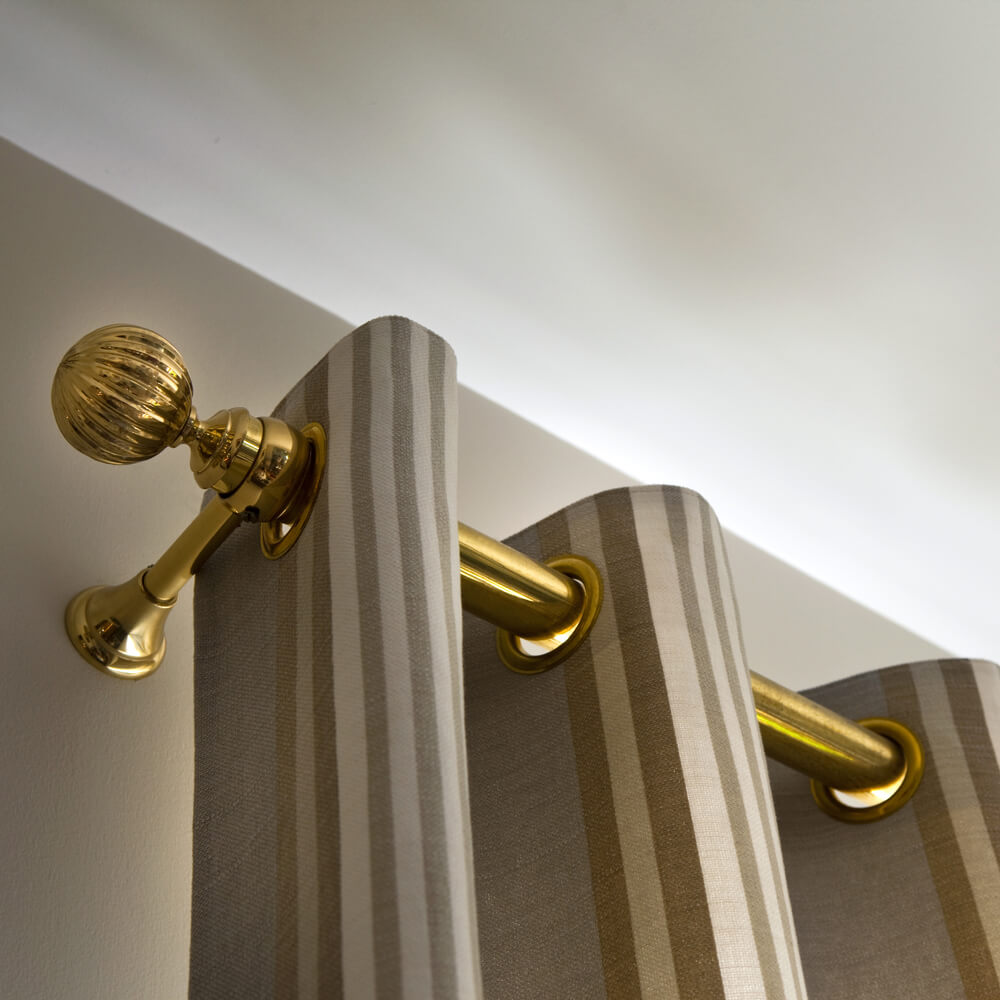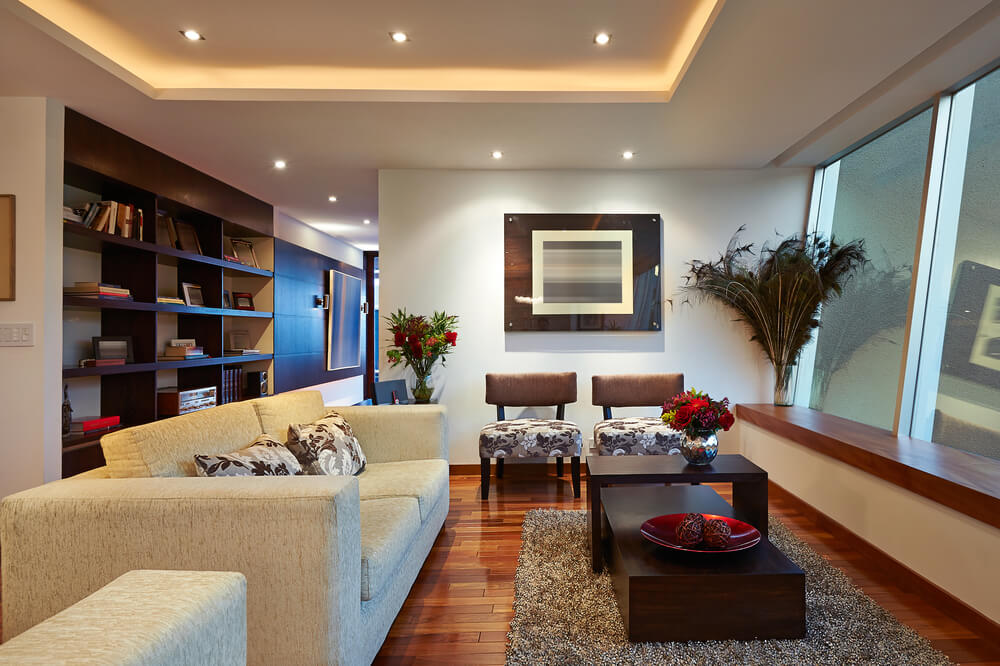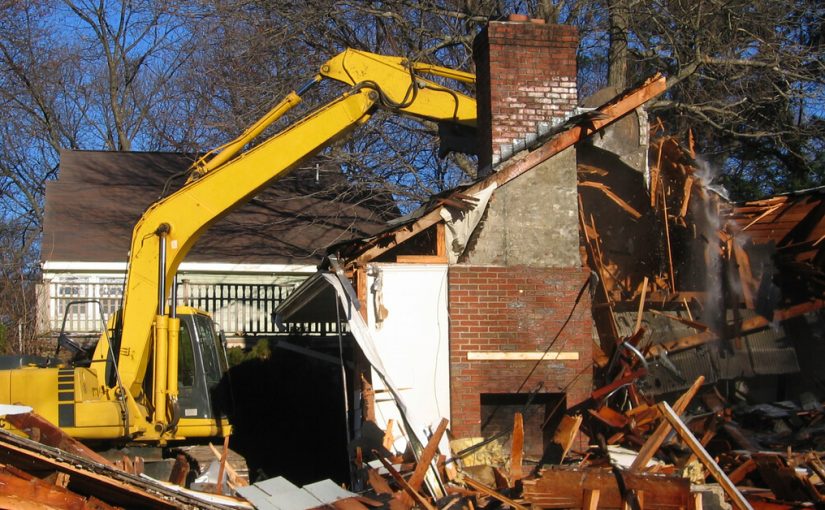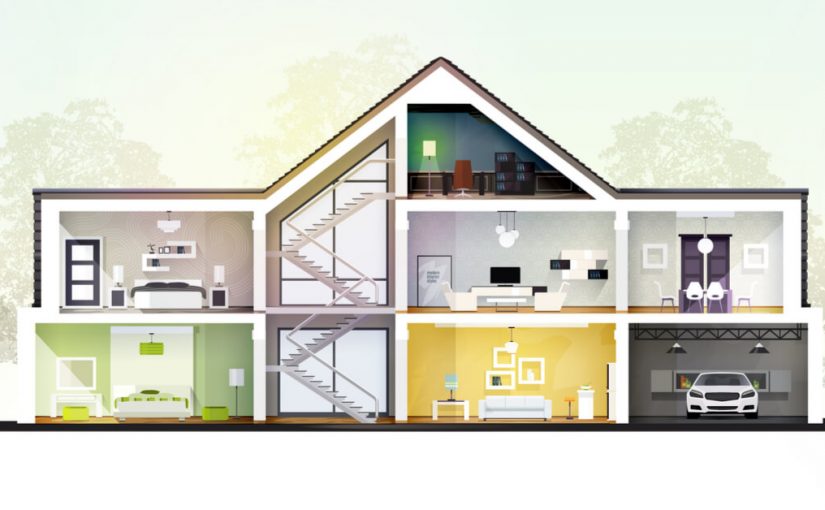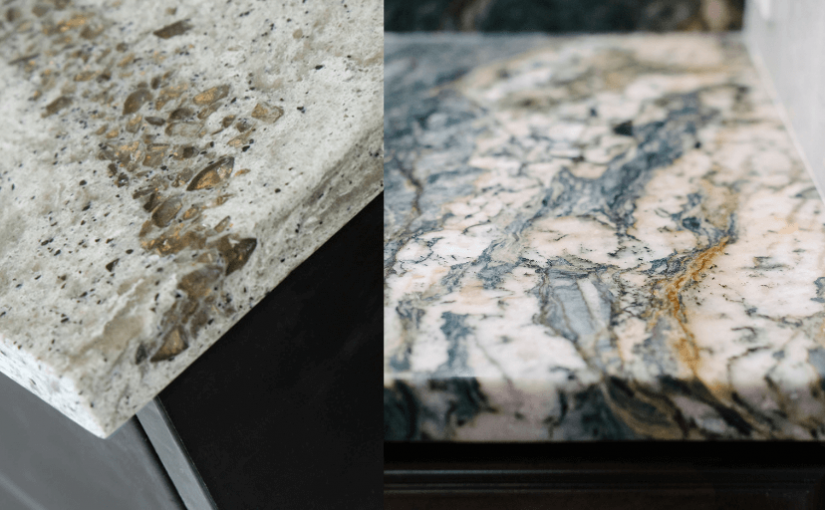You may have been in a friend’s bathroom or the bathroom of a business in the past few years and noticed something interesting about the toilet — options. As Americans, we’re used to multiple options in daily life, but deciding how much water we want to use when we flush our toilets is fairly new for us. In this piece, we’re going to look at some of the benefits of a low-flow dual-flush toilet and why you may want to consider one for your home.
How a Dual-Flush Toilet Works
If you’ve never used a low-flow or dual-flush toilet, the operation is fairly straightforward. Using either a lever or mechanical push-button flushing mechanism, you have two options: (a) an option that uses about half or less of the water in the tank and (b) an option to use all of the water in the tank. The idea is that different uses of the toilet require differing amounts of water (ahem, #1 or #2). Let’s dive into the features and benefits of a low-flow dual-flush toilet in your bathroom. (Ok, maybe “dive” wasn’t the right wording…)
Dual-flush toilets save water.
North America is a fairly water-secure place, making the amount of water we use not being of major economic concern in past decades. Most Americans are now seeing the economic benefit of becoming more efficient with how we use energy and resources. Between LED bulbs, energy-efficient windows, and advanced insulation, we’re seeing green — both in terms of environmental responsibility and longer-term economic savings. For standard toilet tanks, anywhere between three to four-and-a-half gallons of water is used with every flush — much of that water unnecessary to accomplish the desired result. In the average dual-flush toilet, one flushing option uses about just under a gallon of water while another option uses about two gallons of water, depending on the model.
Dual-flush toilets save time.
It may seem odd to think about the time-saving element of a toilet, but it’s true. If you’re honest with yourself, waiting for a tank to fill up for an additional flush can be awkward at best and frustrating at worst. The fact that you’re usually in a precarious position certainly doesn’t help the situations. Because dual-flush toilets hold significantly less water, the time it takes for them to refill is usually just a few moments.
Dual-flush toilets save money.
When compared to a standard toilet, the cost savings in the form of your water bill means that a dual-flush toilet will pay for itself in around six years. Also, as the demand for dual-flush toilets has increased in the last decade in the United States, they have become increasingly affordable — usually on par with standard toilet prices or sometimes even more affordable.
Whether you’re looking to remodel your home or build your dream home, a dual-flush toilet is a great environmentally-friendly accent to your bathroom that will also save you money for years to come. For additional help building your next home, consult the property building professionals from Perry Hood Properties.







